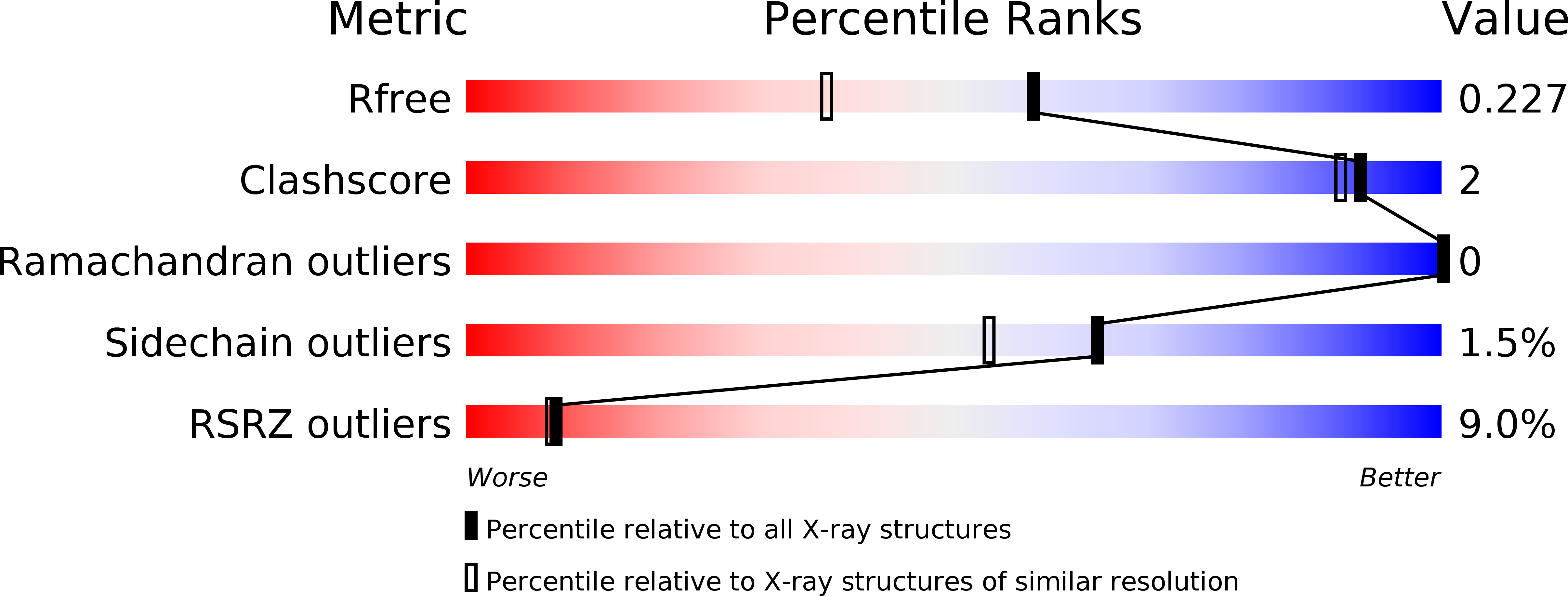
Deposition Date
2017-02-28
Release Date
2018-03-07
Last Version Date
2023-10-04
Entry Detail
PDB ID:
5V02
Keywords:
Title:
A positive allosteric modulator binding pocket in SK2 ion channels is shared by Riluzole and CyPPA
Biological Source:
Source Organism:
Homo sapiens (Taxon ID: 9606)
Host Organism:
Method Details:
Experimental Method:
Resolution:
1.78 Å
R-Value Free:
0.21
R-Value Work:
0.19
R-Value Observed:
0.19
Space Group:
C 1 2 1


